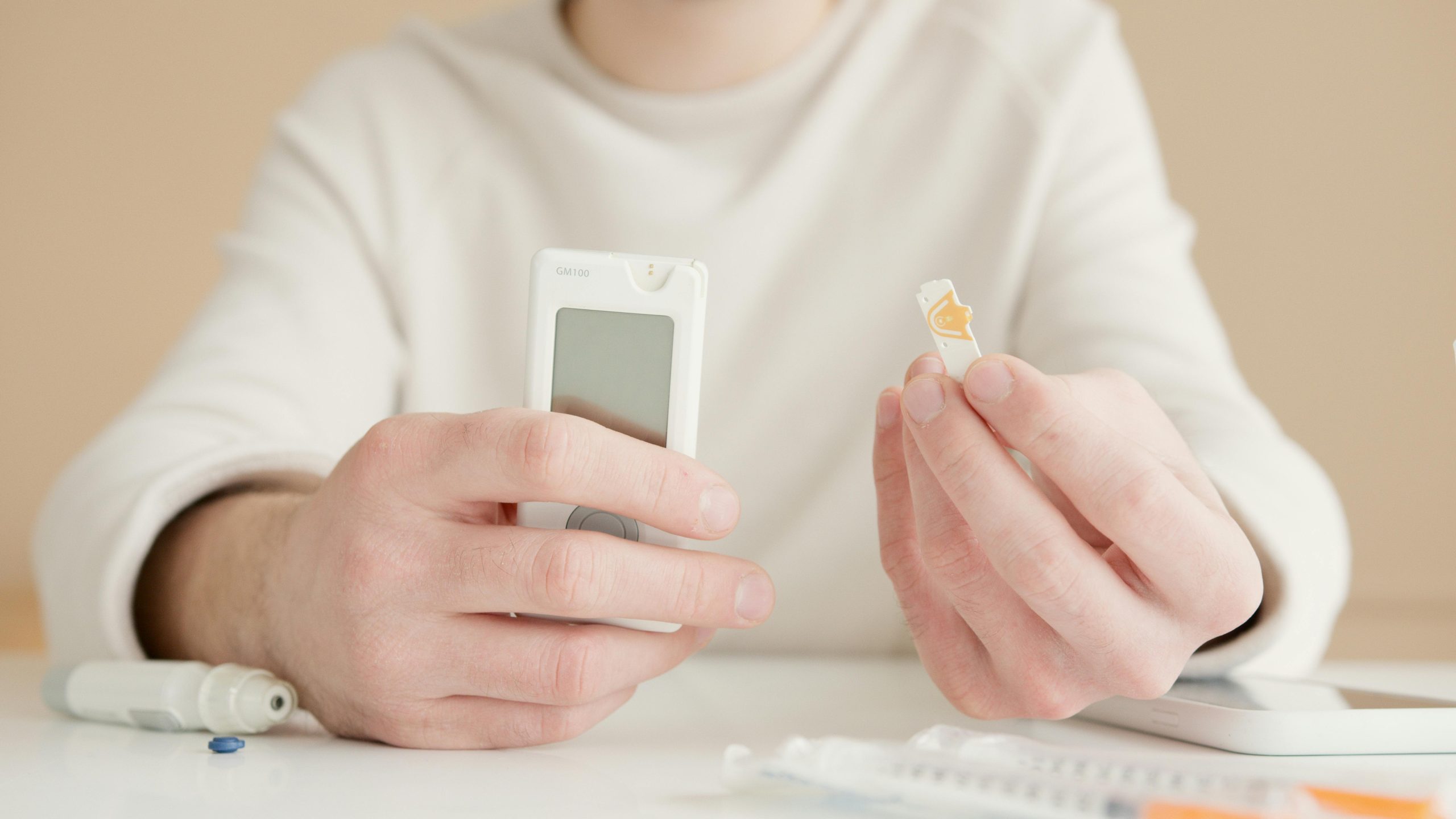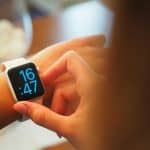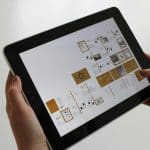We are in an era where technology is an integral part of our lives. From smart devices that make our lives easier to healthcare technologies that help us keep our bodies healthy, the importance of technology cannot be understated. Among these technologies, in-home monitoring devices play a critical role in the management of chronic diseases. By providing patients with a way to monitor their health at home, these devices are transforming the way we approach chronic disease management.
In this article, we are going to explore how in-home monitoring devices assist in chronic disease management. We will also delve into the benefits these devices offer to patients and healthcare providers alike. Lastly, we’ll provide insights on the future of these devices in healthcare.
Cela peut vous intéresser : How to Create a Personal Finance Plan Using AI Budgeting Tools?
The Role of In-Home Monitoring Devices in Chronic Disease Management
The management of chronic diseases requires continuous monitoring and care. Unfortunately, frequent hospital visits can be inconvenient and stressful for patients. This is where in-home monitoring devices come into play. They enable patients to monitor their health at home, reducing the need for hospital visits.
In-home monitoring devices are smart devices equipped with various sensors that can measure different health parameters. These parameters include blood pressure, heart rate, and blood sugar levels, among other things. The data collected by these devices can be transmitted to healthcare providers, enabling them to keep a close watch on their patients’ health remotely.
A lire aussi : What Are the Effects of Autonomous Shipping on UK’s Maritime Industry?
This approach to chronic disease management is known as remote patient monitoring (RPM). According to a study published in the PubMed Central (PMC), RPM has been shown to improve the management of chronic diseases such as heart disease and diabetes. With RPM, healthcare providers can detect abnormalities early, allowing for timely intervention and preventing complications.
The Benefits of In-Home Monitoring Devices
In-home monitoring devices offer numerous benefits to both patients and healthcare providers. For patients, these devices provide convenience, empowerment, and improved quality of life.
Patients no longer have to travel to healthcare facilities frequently for routine check-ups. This not only saves time and reduces stress, but it also lowers the risk of exposure to infections in healthcare facilities. Moreover, patients gain a better understanding of their health status and become empowered to take control of their health. In fact, a Google Scholar study found that patients who monitor their health at home are more likely to adhere to their treatment plans.
Healthcare providers, on the other hand, can provide better care with the help of these devices. RPM allows for continuous monitoring of patients, which results in more accurate and real-time data. This makes it easier for healthcare providers to make informed decisions regarding patients’ treatment plans. In addition, RPM can help reduce hospital readmissions, thereby lowering healthcare costs.
The Future of In-Home Monitoring Devices in Healthcare
The use of in-home monitoring devices in healthcare is expected to grow in the future. With advancements in technology and increasing acceptance of these devices by patients and healthcare providers, we can expect to see more sophisticated devices with enhanced features.
Some of these advances may include devices with artificial intelligence capabilities that can predict disease progression and suggest interventions. Additionally, we may see devices that can interact with other smart home devices to create a more connected and integrated healthcare environment.
However, it’s important to note that the success of these devices will depend on addressing certain challenges. These challenges include ensuring the privacy and security of patient data, improving the reliability and accuracy of devices, and making these devices more user-friendly for patients.
In Conclusion
In-home monitoring devices are revolutionizing the way we manage chronic diseases. By providing patients with a convenient way to monitor their health at home, these devices not only improve patient health outcomes but also empower patients to take control of their health. Moreover, they provide healthcare providers with real-time data that can assist in making informed treatment decisions. As technology continues to advance, we can expect these devices to become an integral part of our healthcare system.
In this era of technology and innovation, it’s exciting to imagine what the future holds for in-home monitoring devices in healthcare. One thing is for sure: these devices are here to stay, and their impact on chronic disease management is only going to increase. But until then, we can only keep an eye on the developments and make the most of the existing devices for a healthier future.
The Impact of Technological Advancements on In-Home Monitoring Devices
Technological advancements are providing new opportunities for the development of more sophisticated in-home monitoring devices. As the technology continues to evolve, we can expect to see the emergence of devices with cutting-edge features designed to enhance chronic disease management. Among the anticipated advancements is the incorporation of artificial intelligence (AI) into these devices. AI has the potential to vastly improve the functionality of in-home monitoring devices by adding predictive capabilities.
With AI, in-home monitoring devices could analyze the health data they collect and use it to predict possible disease progressions. This would enable healthcare providers to intervene earlier and potentially prevent severe health events. This kind of remote physiologic monitoring promises to improve patient health outcomes significantly.
Integration with other smart home devices is another anticipated advancement. This would create a more connected and integrated healthcare environment in which all the smart devices in a home could communicate and work together to aid in the management of chronic conditions.
It’s also expected that future in-home monitoring devices will become more user-friendly. Improvements in the design of these devices could make them easier for patients to use, thereby increasing their adoption and effectiveness. Nevertheless, some challenges need to be addressed for these advancements to be successful. These include ensuring the privacy and security of the health data these devices collect and transmit, improving their reliability and accuracy, and making them accessible and affordable for all patients.
Ending Thoughts
The management of chronic diseases is undoubtedly a daunting task, requiring continuous care and monitoring. In-home monitoring devices are proving to be game-changers in this arena, making disease management more manageable, convenient, and effective. By enabling patients to monitor their health at home, these devices are reducing the need for routine hospital visits, thereby decreasing the risk of exposure to infections in healthcare facilities.
Beyond convenience, in-home monitoring devices are empowering patients to take ownership of their health. With regular and real-time insights into their health status, patients can make better informed health decisions, adhere to their treatment plans, and ultimately, improve their quality of life.
For healthcare providers, these devices make chronic care management more efficient and effective. By providing real-time data about patients’ health status, these devices assist healthcare providers in making informed decisions about treatment plans. Furthermore, they can help reduce hospital readmissions, which is a critical factor in controlling healthcare costs.
As our world continues to be shaped by technological advancements, the future of in-home monitoring devices in healthcare is promising. From AI capabilities to integration with other smart home devices, the potential advancements are exciting. Despite the challenges ahead, one thing is clear: in-home monitoring devices are here to stay, and their impact on chronic disease management is only expected to grow. In the meantime, we must continue to optimize the use of existing devices while eagerly anticipating what the future holds.













